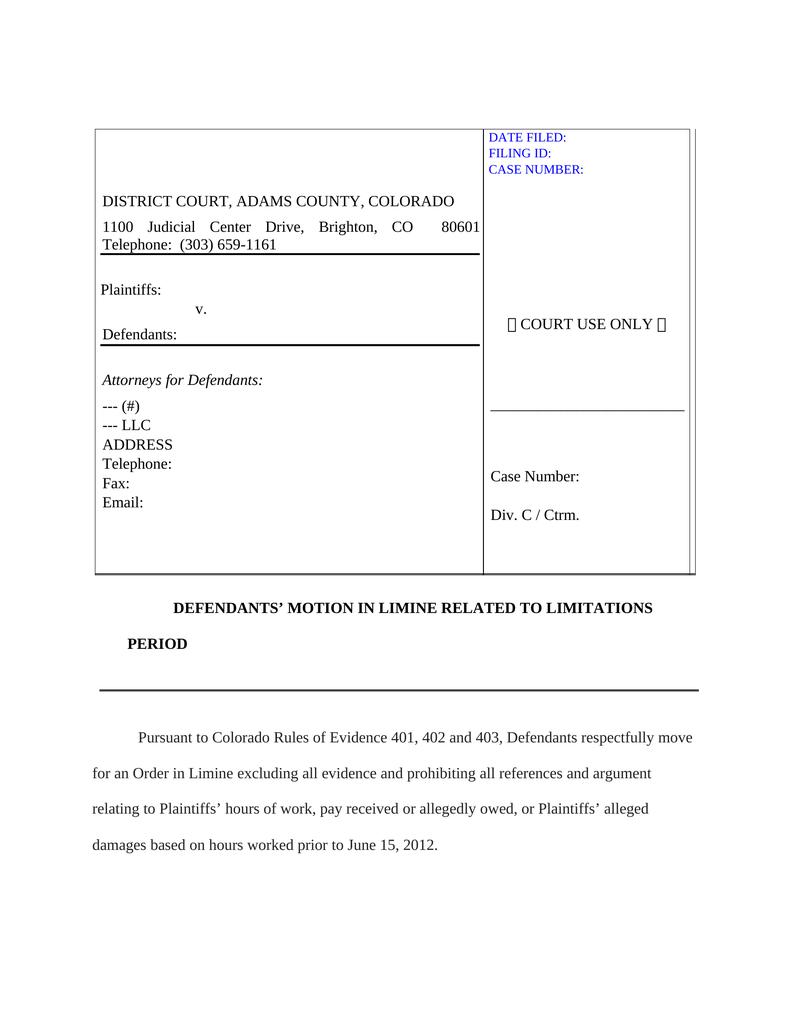

Do not get bogged down in explaining pseudoscience. In reality, the theory is based on a false scientific premise-humans do not have “reptile brains,” and they do not react like lizards upon the utterance of certain magic words in closing argument.

Some defense Reptile motions in limine go to lengths to explain the alleged scientific underpinnings of the Reptile Theory-describing the “triune brain” model of Keenan and Ball in which primitive areas of the human brain are activated by use of Reptile tactics. Thus, in addition to preparing their witnesses to handle Reptile tactics in discovery, defense counsel must also consider what works and what doesn’t when it comes to challenging the use of Reptile tactics via motions in limine.Ī motion must analogize Reptile Theory to “golden rule” or community consciousness arguments that are already subject to exclusion in the relevant jurisdiction. Nonetheless, defense attorneys-especially those representing medical malpractice defendants or corporate defendants in personal injury litigation-are destined to encounter Reptile tactics at some point. For example, a LexisNexis search revealed no reported Ohio appellate decisions that addressed Reptile Theory. However, it is less clear how much practical experience state and federal judges have in dealing with this tactic, or how often they must address its use at trial. Reptile is arguably one of the most popular CLE and seminar topics among the defense bar.
REPTILE THEORY MOTION IN LIMINE TRIAL
Apart from the procedural aspects of the trial court’s ruling, the case provides an interesting illustration of the use of the theory in a case involving an alleged tooth injury when the plaintiff bit into foreign object in a food item. reversed the trial court’s decision granting the defendant’s motion for mistrial after Plaintiff’s counsel used Reptile Theory tactics in closing argument. In a decision issued last week, the Massachusetts Supreme Court in Fitzpatrick v. It is a strategy for obtaining large jury verdicts by causing jurors to perceive the defendant’s alleged conduct as a threat to their own personal safety and the safety of their families and community, rather than deciding the case based upon considering a specific dispute between the plaintiff and the defendant.
REPTILE THEORY MOTION IN LIMINE MANUAL
Keenan’s book, REPTILE: THE 2009 MANUAL OF THE PLAINTIFF'S REVOLUTION and adopted and advocated by plaintiff attorneys around the country. Challenging use of “Reptile Theory” tactics at trial through motions in limine requires a case-specific approachĪttorneys experienced in defending against high-risk personal injury claims are (or should be) well-versed in the trial tactic known as “Reptile Theory.” “Reptile Theory” is a deposition and trial tactic based upon David Ball's and Don C.


 0 kommentar(er)
0 kommentar(er)
